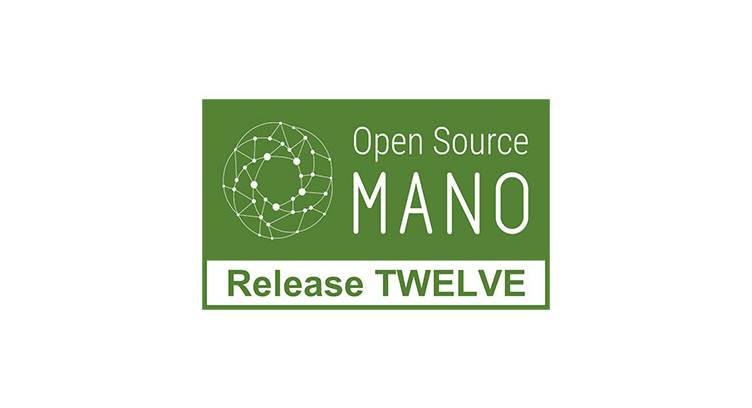ETSI OSM announced OSM Release TWELVE, the second Long Term Support release of ETSI Open Source MANO and one of its most prolific releases.
One of the main new features of Release TWELVE is the ability to heal network functions that may be affected by any kind of infrastructure failure. This healing process, which may be triggered either manually or automatically depending on operator preference, can be applied in all the clouds supported by OSM, in line with OSM’s multi-cloud approach.
In addition to significant improvements in day-2 operation of a network service, this release makes it possible to upgrade a running network function instance with a new package version, all with minimal downtime. Moreover, the composition of network services can also be modified in runtime.
To further increase interoperability with 3rd party solutions, ETSI OSM Release TWELVE supports additional ETSI NFV Specifications, such as ETSI GS NFV-SOL003 for VNF Lifecycle Management. With the support of the VNF Lifecycle Management APIs, Release TWELVE offers both the API of an NFV Orchestrator and the API of a Generic VNF Manager, providing operators with additional options for the integration of OSM in their Telco Cloud Architecture. This support of additional ETSI NFV specs continues the journey initiated since OSM creation, where ETSI GS NFV-SOL005 was already the foundation of OSM’s northbound interface, OSM data model and descriptors were derived from ETSI GS-NFV SOL 006, and its NF and NS package formats were also based on ETSI GS-NFV SOL 004 and ETSI GS-NFV SOL007.
Finally, this new Release includes several interesting features for production deployment, such as the support of anti-affinity groups per VNF, the addition of password expiry policies, new options for Kubernetes cluster registration, and the experimental migration of Openstack-based network function instances.






















